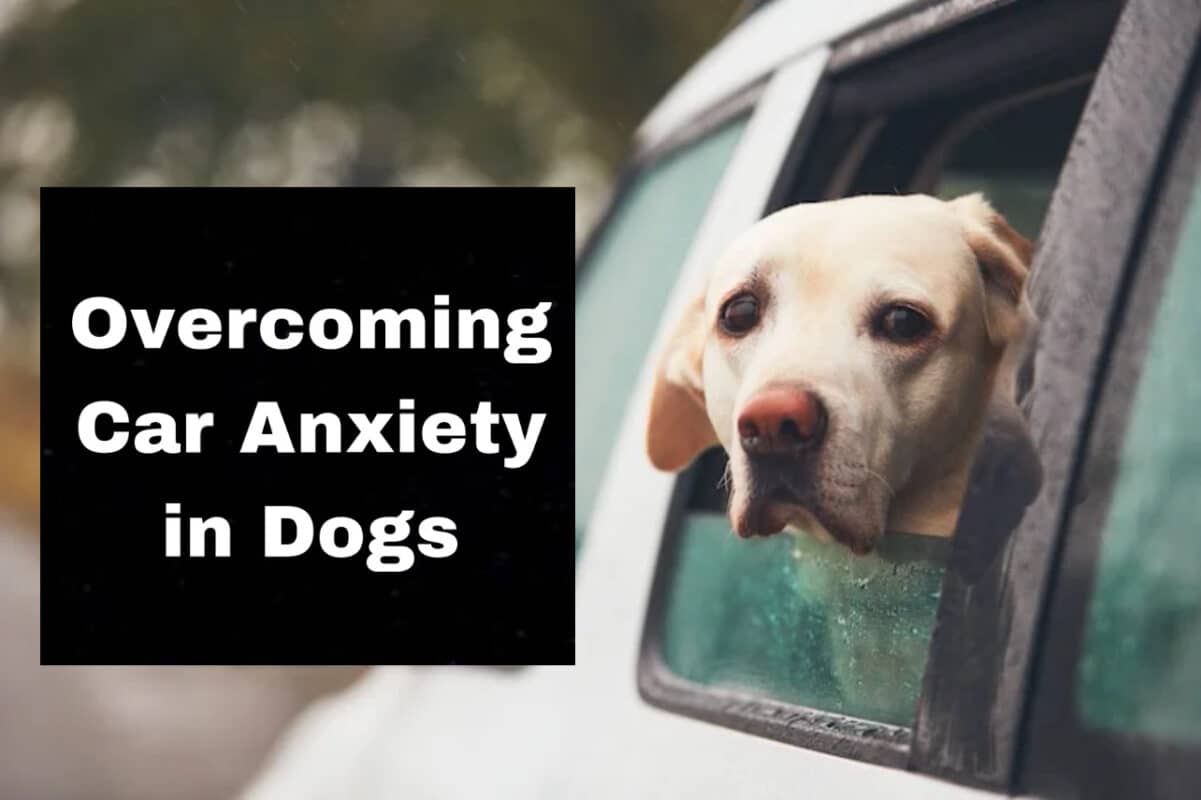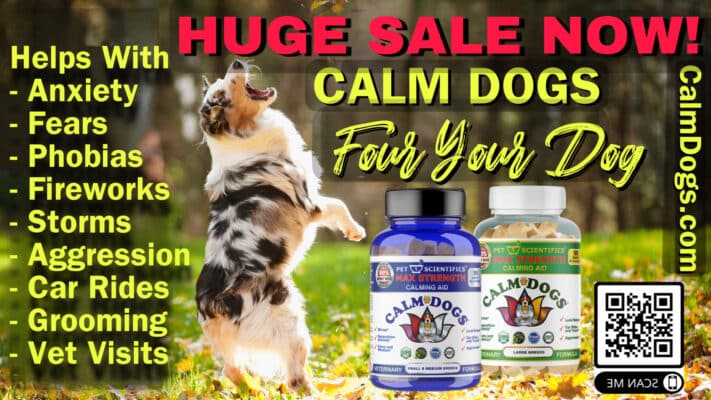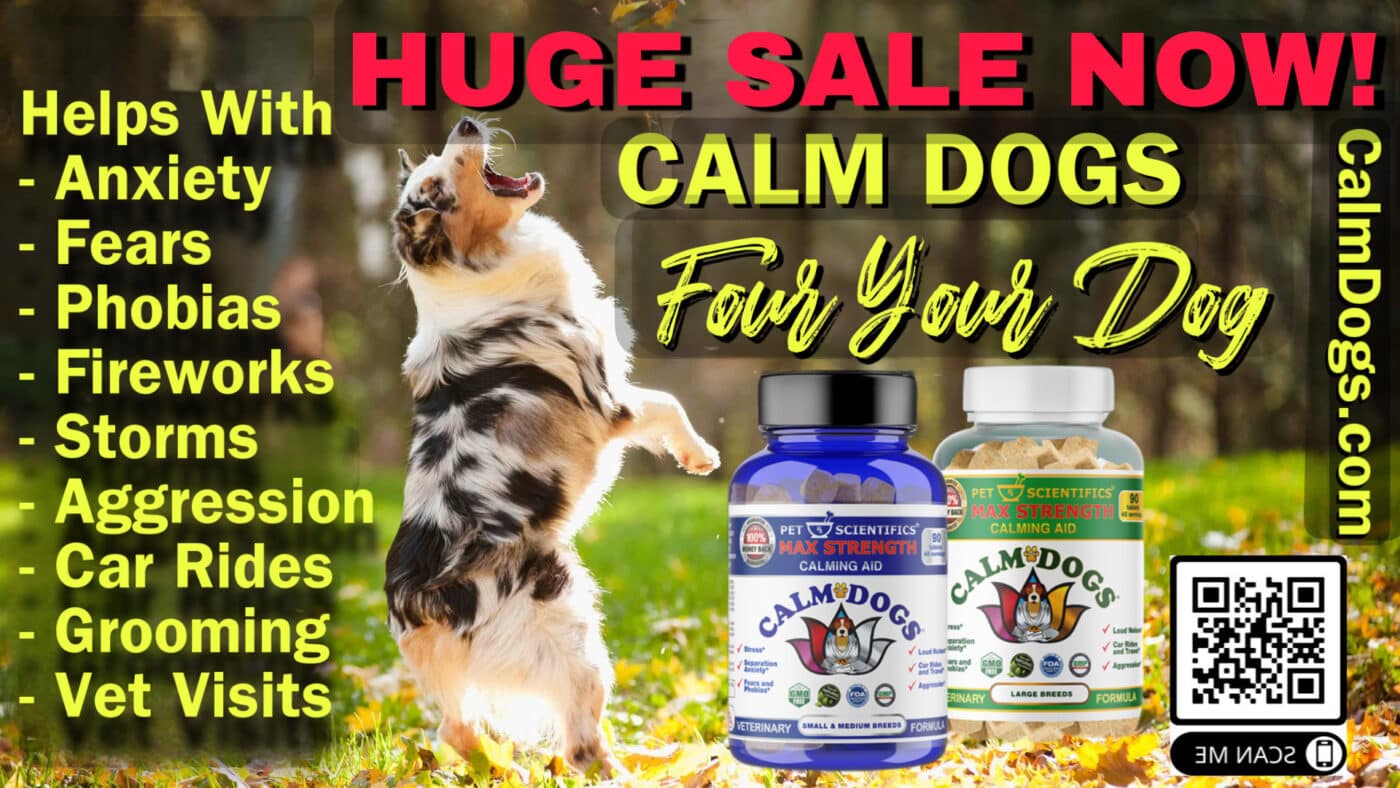Dog Behavior, Dog Travel Tips, Holistic Treatments, Pet Health and Wellness, Training and Rehabilitation
Overcoming Car Anxiety in Dogs: A Comprehensive Approach for Pet Parents
Comprehensive Guide to Overcoming Car Anxiety in Dogs
For many dog pet parents, taking their canine companions on a car ride can be a delightful experience. The thought of a dog with its head out the window, ears flapping in the breeze, and eyes gleaming with excitement is an image that brings joy. However, for some dogs, car rides can be a source of great anxiety and distress. Understanding the root causes of this anxiety and addressing it in a compassionate and informed manner is critical to ensuring a positive experience for both dog and pet parents.
Digging Deeper: Why Do Some Dogs Develop Car Anxiety?
Anxiety, in general, arises from uncertainty about potential threats or dangers in an environment. For dogs, the car can represent an assortment of these uncertainties, which could be both psychological and physiological in nature.
Lack of Early Exposure During Puppyhood: Socialization is a vital part of puppy development. Puppies go through a critical socialization period between 3 to 14 weeks of age, where they are most receptive to new experiences (Howell, King, & Bennett, 2015). If they are not exposed to car rides during this window, they might grow up finding the experience unfamiliar and daunting.
Reference: Howell, T. J., King, T., & Bennett, P. C. (2015). Puppy parties and beyond: the role of early age socialization practices on adult dog behavior. Veterinary medicine: research and reports, 6, 143.
Traumatic Experiences Related to the Car: Dogs have an excellent memory when it comes to associating experiences with their surroundings. A previous negative event like an accident, being left alone in the car for an extended period, or a particularly distressing trip to the vet can leave a lasting impression that induces anxiety (Horowitz, 2010).
Reference: Horowitz, A. (2010). Inside of a dog: What dogs see, smell, and know. Scribner.
Physiological Reasons like Motion Sickness: Just like humans, dogs can experience motion sickness. This physical discomfort can turn into anxiety over time. Symptoms of motion sickness in dogs include yawning, drooling, whining, and vomiting. For some dogs, the sickness is not a result of the motion itself but stems from the anxiety they experience during the ride (Ogata, 2016).
Reference: Ogata, N. (2016). Separation anxiety in dogs: What progress has been made in our understanding of the most common behavioral problems in dogs? Journal of Veterinary Behavior, 16, 28-35
Step-by-step Guide to Addressing Car Anxiety
Alleviating your dog’s car anxiety requires patience, understanding, and a systematic approach. Here’s a step-by-step guide to making car journeys more pleasant for your furry friend.
Familiarizing with the Car While Stationary
- Feeding Near the Car: Begin by feeding your dog close to the parked car. This creates a positive association with the car by connecting it with mealtime, a generally pleasant experience for most dogs (Lindsay, 2001).
Reference: Lindsay, S. R. (2001). Handbook of applied dog behavior and training, Vol. 2: Etiology and assessment of behavior problems. Ames: Iowa State University Press.
- Play Sessions In and Around the Car: Engage in short play sessions near, and eventually inside, the stationary vehicle. Toys and treats can serve as distractions and rewards, reinforcing the idea that the car is a positive environment (McConnell, 2003).
Reference: McConnell, P. B. (2003). The other end of the leash: Why we do what we do around dogs. Ballantine Books.
Introducing Short Rides:
- Importance of Gradual Exposure: Start with brief trips, maybe just around the block or even only starting the engine without going anywhere. Gradually increase the duration and distance as your dog becomes more comfortable (Overall, 1997).
Reference: Overall, K. L. (1997). Clinical behavioral medicine for small animals. Mosby.
- Rewarding Calm Behavior: Praise and reward your dog for displaying calm behavior during the ride. This reinforces the behavior and increases the likelihood of its repetition in future journeys (Dennison, 2007).
Reference: Dennison, P. (2007). The complete idiot’s guide to positive dog training. Alpha Books.
Gradually Increasing the Duration of the Rides for Dogs with Car Anxiety:
- Ensuring Breaks During Longer Rides: If you’re embarking on a more extended journey, ensure you take frequent breaks, allowing your dog to stretch, play, and relieve itself (Tudge, 2011).
Reference: Tudge, N. (2011). The dog professional’s business guide. Dogwise Publishing.
- Incorporating Fun Destinations: Ensure not all car trips lead to the vet or other potentially stressful destinations. Introduce rides to parks, trails, or playdates, ensuring your dog doesn’t associate car rides exclusively with unpleasant experiences (Martin & Martin, 2016).
Reference: Martin, S., & Martin, K. (2016). Puppy Start Right: Foundation Training for the Companion Dog. Karen Pryor Clicker Training.
Introducing Consistent Positive Experiences:
- Varying Destinations to Include Fun Outings: Balance the needful car rides to places like the vet with trips to more enjoyable spots. Beaches, dog parks, or even visits to a canine friend can make a huge difference. This variety ensures that your pet doesn’t pigeonhole car rides as a precursor to something stressful (Fisher, 2009).
Reference: Fisher, J. (2009). Think Dog: The bestselling guide to canine psychology. Orion Publishing Group.
- Bringing Along Familiar Toys and Blankets: Just as a child might have a favorite blanket or toy, dogs too find comfort in familiar items. These can act as a soothing presence during the ride. By incorporating familiar scents and textures, you’re making the car a more recognizable space for them (Horowitz, 2010).
Reference: Horowitz, A. (2010). Inside of a dog: What dogs see, smell, and know. Scribner.
Tools to Help Along the Way:
- Car Harnesses and Seat Belts: Safety First! Not only do these tools keep your dog secure during rides, but they can also prevent them from moving around excessively, which might amplify their anxiety. A secure feeling can also be comforting for some dogs (Becker, 2011).
Reference: Becker, M. (2011). Your dog: The pet parents’ manual. Grand Central Life & Style.
- Anti-anxiety Wraps or Vests: Based on the principle of swaddling, these vests apply gentle, constant pressure to calm anxiety, fear, and over-excitement by reducing the stress hormone, cortisol (King, Marston, & Bennett, 2012). Brands like “Thundershirt” have gained popularity among dog pet parents for their effectiveness.
Reference: King, C., Marston, L. C., & Bennett, P. C. (2012). Describing the ideal Australian companion dog. Applied Animal Behaviour Science, 138(1-2), 76-83.
- Calming Sprays and Diffusers with Dog-appeasing Pheromones: These products mimic the natural comforting pheromones mother dogs give off to reassure their puppies. They can be sprayed in the car or on the dog’s bedding to provide a calming environment (Gaultier et al., 2008).
Reference: Gaultier, E., Bonnafous, L., Bougrat, L., Lafont-Lecuelle, C., & Pageat, P. (2008). Comparison of the efficacy of a synthetic dog-appeasing pheromone with clomipramine for the treatment of separation-related disorders in dogs. Veterinary Record, 162(13), 403-408.
LEARN MORE ABOUT CALM DOGS CALMING AID
When to Seek Expert Advice for Car Anxiety in Dogs
While many dogs can gradually adapt to car rides with the steps and tools discussed above, some may continue to exhibit severe anxiety or distress. In such cases, it’s crucial to recognize when it’s time to bring in the experts.
Persistent Severe Anxiety: If your dog’s symptoms don’t show signs of improvement despite consistent efforts and implementation of strategies, it may be time to consult a professional. Chronic anxiety not only hampers car rides but can also affect the overall well-being and quality of life of your pet. Reference: Sherman, B. L., & Mills, D. S. (2008). Canine anxieties and phobias: an update on separation anxiety and noise aversions. Veterinary Clinics: Small Animal Practice, 38(5), 1081-1106.
Physiological Symptoms: Excessive drooling, panting, or vomiting during car rides, even after trying remedies for motion sickness, might be a sign of deeper issues. These symptoms can also indicate health problems unrelated to car anxiety and should be addressed promptly. Reference: Case, L. P. (2003). The dog: Its behavior, nutrition, and health. Blackwell Publishing.
Aggression or Self-Harm: Extreme cases of anxiety can lead to aggressive behavior or self-harming tendencies. For instance, a dog might try to chew its way out of a car restraint or display aggression when being put into the car. Such behaviors necessitate immediate expert intervention. Reference: Luescher, A. U. (2003). Diagnosis and management of compulsive disorders in dogs and cats. Veterinary Clinics: Small Animal Practice, 33(2), 253-267.
Collaborating with a Certified Dog Behavior Consultant, or veterinary behaviorists who have specialized training to address behavioral issues in pets. They can offer a more tailored approach, sometimes combining behavior modification techniques with medical treatment to address car anxiety. Reference: Herron, M. E., & Shofer, F. S. (2008). Survey of the use and outcome of confrontational and non-confrontational training methods in client-owned dogs showing undesired behaviors. Applied Animal Behaviour Science, 117(1-2), 47-54.
Understanding and addressing car anxiety in dogs is not only about making trips more manageable but also about ensuring the emotional and physical well-being of our canine companions. While it might be a challenging journey, with patience, persistence, and the right strategies, it’s possible to transform car rides into a joyful experience for both you and your dog. And in situations where the challenge feels too vast, remember, professional help is just around the corner, ready to guide you and your pet toward a calmer and happier future.



